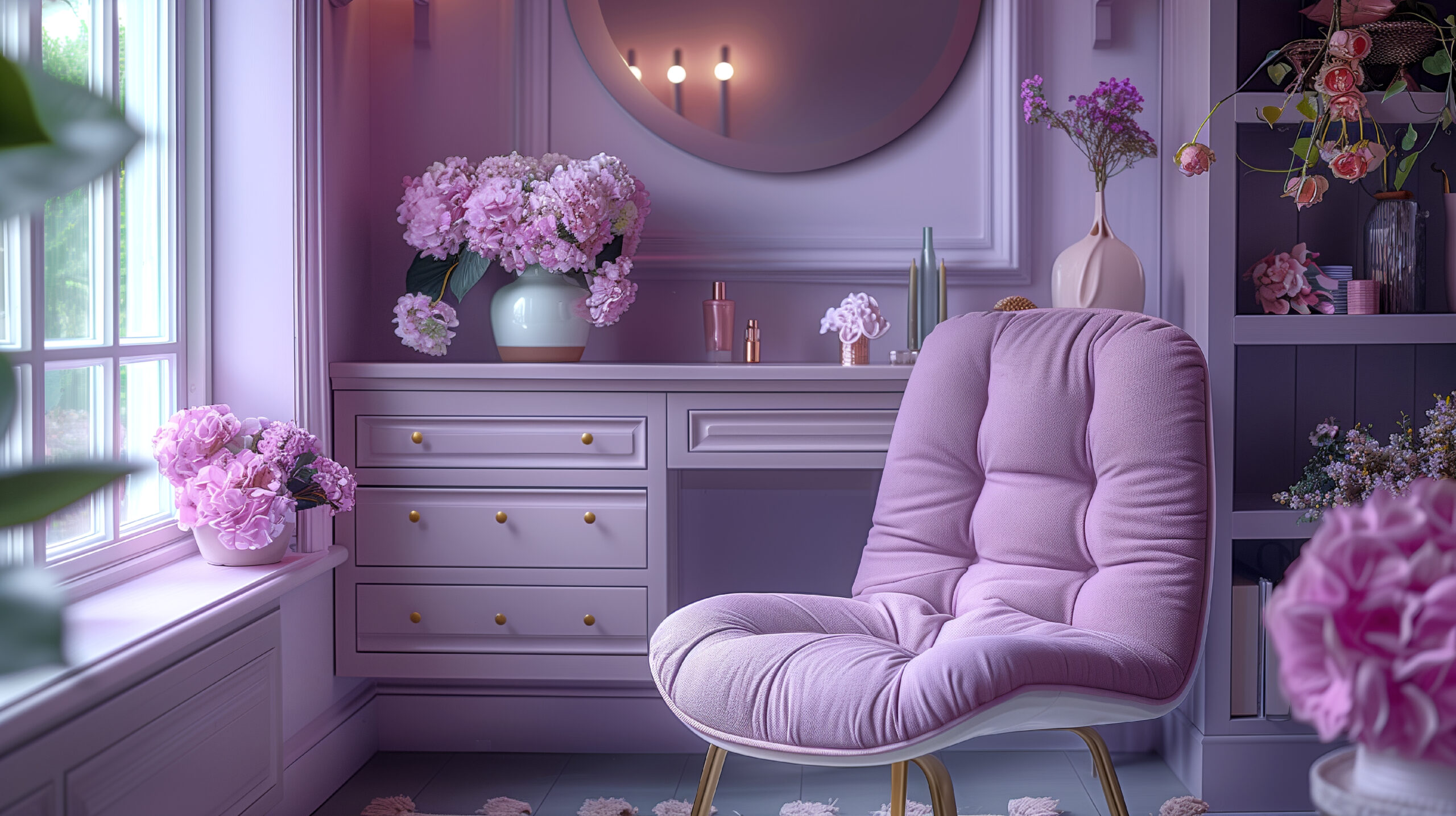Catherine the Great, Empress of Russia from 1762 to 1796, was not only a formidable ruler but also a passionate patron of the arts. Her reign, marked by significant political and cultural achievements, also saw the creation of some of the most exquisite pieces of furniture in European history. These pieces, collectively known as “Catherine the Great Furniture,” are celebrated for their intricate designs, luxurious materials, and the skilled craftsmanship that went into their creation. This article explores the rich history, distinct features, and lasting influence of Catherine the Great’s furniture, which continues to inspire and captivate art lovers and historians alike.
The Historical Context: Catherine the Great’s Influence on the Arts
Catherine the Great was a ruler with a vision. Her passion for the Enlightenment ideals and Western European culture influenced her patronage of the arts. She sought to modernize Russia by bringing in the best of European art, architecture, and design. During her reign, she commissioned a vast array of art and furniture, much of which was inspired by French, Italian, and German styles but imbued with a unique Russian flair.
Catherine’s influence extended beyond the borders of Russia. She established close relationships with prominent European artists, craftsmen, and intellectuals, which allowed her to acquire and commission works that would reflect the grandeur of her court. This era, often referred to as the “Russian Enlightenment,” saw a flourishing of the arts, with furniture design being a significant aspect of this cultural renaissance.
Distinctive Features of Catherine the Great Furniture
Catherine the Great furniture is renowned for its distinctive features that blend various European styles with Russian elements. The furniture pieces from this period are characterized by their opulence, meticulous detail, and the use of luxurious materials.
1. Neoclassical Influence: The neoclassical style, which was inspired by the classical art and culture of ancient Greece and Rome, greatly influenced Catherine the Great’s furniture. This style is evident in the symmetrical shapes, clean lines, and the use of motifs such as laurel wreaths, garlands, and medallions. Furniture pieces from this era often feature legs modeled after classical columns, with intricate carvings that reflect the grandeur of ancient architecture.
2. Use of Luxurious Materials: Catherine the Great’s furniture was crafted using the finest materials available. Mahogany, a durable and richly colored wood, was frequently used, along with gilded bronze and precious stones like malachite and lapis lazuli. These materials were not only chosen for their beauty but also for their ability to convey a sense of wealth and power. The incorporation of such luxurious materials highlighted the furniture’s status as not just functional objects but also as works of art.
3. Intricate Craftsmanship: The craftsmanship of Catherine the Great furniture is exceptional. Skilled artisans from Russia and across Europe were commissioned to create these masterpieces. The level of detail in the carvings, inlays, and gilding is astounding, with each piece showcasing the artisan’s skill and dedication to their craft. Furniture from this period often features elaborate marquetry, with intricate patterns and scenes created from different types of wood veneers.
4. Influence of Russian Motifs: While heavily influenced by European styles, Catherine the Great furniture also incorporated distinctly Russian motifs. The use of traditional Russian symbols, such as the double-headed eagle, and the incorporation of Orthodox Christian iconography, are common in these pieces. This blending of European and Russian elements gave the furniture a unique identity, reflecting Catherine’s vision of a modernized yet distinctly Russian empire.
Iconic Examples of Catherine the Great Furniture
Several iconic pieces of furniture from Catherine the Great’s era have survived to this day, each telling a story of the empress’s taste and the era’s artistic achievements.
1. The Amber Room: One of the most famous examples of Catherine the Great’s patronage of the arts is the Amber Room. Originally created in Prussia, this breathtaking room was gifted to Peter the Great and later expanded and installed in the Catherine Palace by Catherine the Great. The room’s walls were covered in amber panels, gold leaf, and mirrors, creating a dazzling display of craftsmanship. Although the original Amber Room was lost during World War II, its reconstruction stands as a testament to the luxurious and opulent aesthetic favored by Catherine the Great.
2. The Malachite Room: Another iconic example is the Malachite Room in the Winter Palace, which showcases the use of the precious stone malachite. This room, adorned with malachite columns, fireplaces, and furniture, exemplifies the lavish use of materials and the exquisite craftsmanship characteristic of Catherine the Great’s era. The deep green hues of malachite, combined with gilded details, create a rich, luxurious atmosphere that epitomizes the grandeur of the Russian court.
3. The Great Imperial Throne: The Great Imperial Throne, used by Catherine the Great during state ceremonies, is another masterpiece of this period. This throne, crafted from gilded wood and upholstered in red velvet, is adorned with intricate carvings and symbols of imperial power. The double-headed eagle, a symbol of the Russian Empire, is prominently featured, underscoring Catherine’s authority and the throne’s significance as a symbol of her reign.
The Legacy of Catherine the Great Furniture
The legacy of Catherine the Great’s furniture extends beyond its historical and artistic significance. These pieces have continued to influence furniture design and interior decoration long after her reign. The neoclassical style, which was popularized during her era, has seen numerous revivals over the centuries and continues to be a favored style in modern interior design.
Moreover, Catherine the Great’s patronage of the arts set a precedent for future Russian rulers, establishing the Russian court as a major center of European culture. Her furniture collection, much of which is now housed in museums like the State Hermitage Museum in St. Petersburg, remains a vital part of Russia’s cultural heritage and continues to attract art lovers and historians from around the world.
See Also Read: Catherine the Great Furniture.
Conclusion
Catherine the Great furniture represents a fascinating blend of European and Russian artistic traditions, crafted with the utmost attention to detail and using the finest materials. These pieces are more than just furniture; they are symbols of Catherine’s reign and her vision for Russia as a modern, enlightened empire. The enduring appeal of these masterpieces lies in their ability to capture the grandeur and sophistication of an era while continuing to inspire and captivate audiences today.


